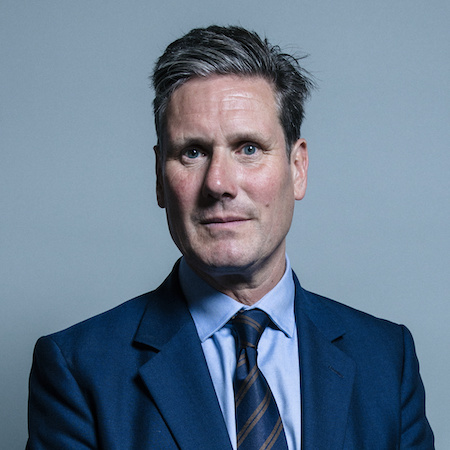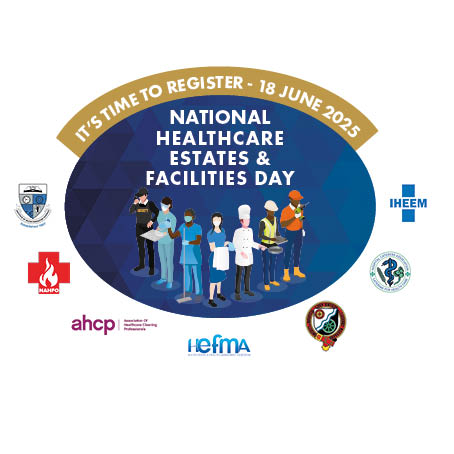The Prime Minister, Keir Starmer and Health Secretary, Wes Streeting have announced plans to scrap NHS England in a bid to reduce bureaucracy, make savings and empower NHS staff to deliver better care for patients.
In a move that Wes Streeting describes as “the final nail in the coffin of the disastrous 2012 reorganisation,” NHS England will be brought back into the Department of Health and Social Care (DHSC). The move will put an end to the duplication resulting from two organisations doing the same job in a system that the government says is holding staff back from delivering for patients. By stripping back layers of red tape and bureaucracy, more resources will be put into the front line of care rather than being spent on unnecessary admin.
The government outlines that substantial reform, not just short term investment, is needed to deliver its Plan for Change mission to get the NHS back on its feet and fit for the future. These reforms will reverse the 2012 top-down reorganisation of the NHS, which it blames for creating burdensome layers of bureaucracy without any clear lines of accountability. Lord Darzi’s independent investigation into the state of the NHS concluded the effects of this are still felt today and have left patients worse off under a convoluted and broken system.
The current system also penalises hardworking staff at NHS England and DHSC who desperately want to improve the lives of patients but who are being held back by the current overly bureaucratic and fragmented system.
Health and Social Care Secretary, Wes Streeting, says: “We need more doers and fewer checkers, which is why I’m devolving resources and responsibilities to the NHS front line.
“NHS staff are working flat out but the current system sets them up to fail. These changes will support the huge number of capable, innovative and committed people across the NHS to deliver for patients and taxpayers.”
In his oral statement to the House of Commons, the Health Secretary also said these reforms will support the three big shifts that the government has set out as its priorities for the NHS: hospital to community, analogue to digital and sickness to prevention.
NHS England’s new leadership team, Sir Jim Mackey (Transition CEO of NHS England) and Dr Penny Dash (Incoming NHS England Chair), will lead this transformation while re-asserting financial discipline and continuing to deliver on the government’s priority of cutting waiting times through the Plan for Change.
Reducing bureaucracy
The number of people working in the centre has more than doubled since 2010, when the NHS delivered the shortest waiting times and highest patient satisfaction in its history.
Too much centralisation and over-supervision has led to a tangled bureaucracy, which focuses on compliance and box-ticking, rather than patient care, value for money and innovation. In one example, highlighted by Dame Patricia Hewitt’s 2023 review, one Integrated Care System received 97 ad-hoc requests in a month from DHSC and NHS England, in addition to the six key monthly, 11 weekly and three daily data returns.
The review also revealed the challenges caused by duplication – citing examples of tensions, wasted time and needless frictional costs generated by uncoordinated pursuit of organisational goals that do not take account of their wider effects.
Sir Jim Mackey acknowledged that the announcement will be unsettling for staff but said it will be bring “welcome clarity as we focus on tackling the significant challenges ahead and delivering on the government’s priorities for patients.”
Dr Penny Dash adds: “Work will begin immediately to return many of NHS England’s current functions to DHSC. A longer-term programme of work will deliver the changes to bring NHS England back into the department, while maintaining a laser-like focus on the government’s priorities to cut waiting times and responsibly manage finances. It will also realise the untapped potential of the NHS as a single payer system, using its centralised model to procure cutting-edge technology more rapidly, get a better deal for taxpayers on procurement and work more closely with the life sciences sector to develop the treatments of the future.
“The reforms to deliver a more efficient, leaner centre will also free up capacity and help deliver significant savings of hundreds of millions of pounds a year, which will be reinvested in frontline services to cut waiting times through the government’s Plan for Change.”
The changes will also give more power and autonomy to local leaders and systems - instead of weighing them down in increasing mountains of red tape, they will be given the tools and trust they need to deliver health services for the local communities they serve with more freedom to tailor provision to meet local needs.
Recognising the need for change
NHS Providers and NHS Confederation caution that reform on this scale – “the biggest reshaping of its [the NHS] national architecture in a decade” – will create disruption while the transfer takes place. They commit to working with the government, including their diverse memberships, to help the transition to go smoothly and add: “Local NHS organisations and other bodies will need to be involved in this transformation as the immediate next steps become clearer, so that an optimum operating model can be created.”
Sarah Woolnough, Chief Executive of The King’s Fund cautions that: “Ministers will need to explain how the prize will be worth the price.” Whilst acknowledging that duplication is wasteful, she questions how abolishing NHS England will help people to get a GP appointment and reduce the waiting lists for planned care, pointing out that the potential cost savings (Wes Streeting quotes the cost of NHS England in “staff and admin alone” to’ be £2bn) are “minimal in the context of the entire NHS budget.”
This announcement is one of a series of planned steps the government is taking to make the NHS more productive and resilient so that it can meet the needs of the people it cares for.










